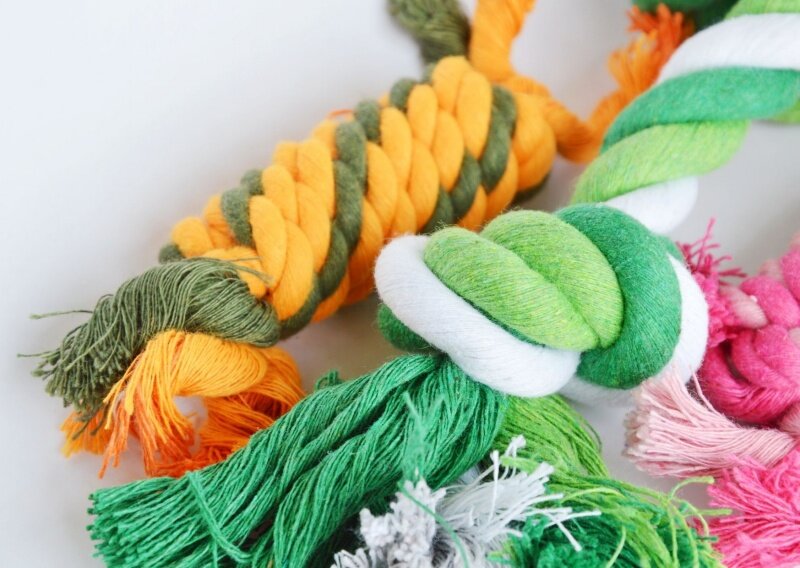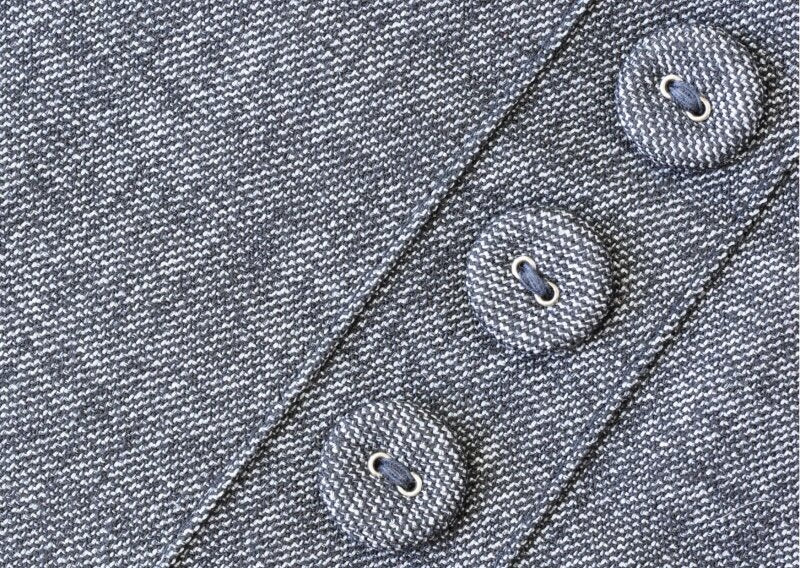We have spoken before about the environmental price of fashion, and the fact that fast fashion is a major contributor to greenhouses gases and is considered the fourth most polluting industry in the world (this is equal to the livestock industry), but apart from purchasing less, shopping secondhand, and seeking out sustainable and ethical brands, how do we ensure that what we are buying is quality, and how can we make it last for years to come.?
Fabric
When shopping for clothes the first thing you need to be aware of is the different types of textiles on the market, how their production affects the environment, as well as how that material will cope being washed over and over again.

For example it’s always best to stay away from items that are made of 100% polyester, as well as acetate and acrylic. These inexpensive materials are extremely dangerous for the environment, but they won’t be beneficial to your health either. In fact, not only is polyester made of plastic, which means that every time it’s washed it will release tiny micro-plastic pieces into the waterways , it also means that the material is not breathable and will therefore make you sweat, and require washing more often than other materials would.
The solution? Choose natural fibers such as cotton, wool, cashmere, linen, silk, or newer sustainable fabrics. Opt for clothes that will break down in a composting environment and that won’t release chemicals every time they are washed.
Weight
The weight of a garment is another big clue as to its quality: the lighter the weight, the thinner the fabric, the poorer the quality, the less washes it will endure. To test this, hold the item of clothing up to the light, if it is see through (unless it’s designed to be see through) than it’s best to leave it on the shelf and choose something else.
Also keep in mind that the more a shirt weighs, the more it will maintain it’s shape, which is especially important when shopping for clothes with patterns, where you want patterns to match at the seams. In this case make sure you give the garment a good tug to see if it bounces back to it’s original shape.
Stitches
Stitching is another great indication of quality, as you are looking for a sturdy thread that will last in place for years to come. By gently pulling on either side of the seam you will be able to check whether the stitches are reinforced and secure. If you start seeing lots of space or a struggling thread and crooked or wavy stitching, than the quality is poor.

As you try it on, again check if stitching and hemming are even and done correctly, and don’t forget to pay attention to the holes and the buttons. Yes, buttons can always be sewn back on without too much difficulty, but it will still give you an indication of the overall quality of the piece.
Maintaining quality clothing
First of all we it’s important to know the impact washing machines and dryers have on clothes, both for the exposure to different temperatures, to the roughness and the impact with which they are handled and tossed around in the basket. In fact, dryers can be so rough on garments they can cause tiny micro-tears which really diminish the longevity of clothing. According to a 2019 study, researchers found that after only 20 cycles of washing and drying at 150°F , towel fabric had lost about 50% of its tensile strength, making it twice as easy to tear. Furthermore the same study found that tumble-drying without heat only results in a 24% loss, so only half as bad as the hot cycles.

-
To ensure your clothes last longer, when you can, choose to tumble dry on low, but especially, don’t wash items after every use. Not only will frequent washes lead to a higher possibility of tear, but it will also impact on the item’s color by fading it, or leaving it stretched. It’s important to know that clothes do not need to be put in the laundry basket every single time we take them off and can instead be simply aired out and put away if they don’t smell or aren’t dirty. In fact, certain items, such as jeans for example, could even be worn for months without needing to be washed! (Find out more about it here)
-
Items you do need to wash often, and which are delicate (underwear, bras, silk, cashmere etc) can be put in a lingerie bag, in order to be more protected. Also, once washed, try to rinse gently, and then place them to dry on a flat surface.
-
Be aware of any possible stains you may have made, and be quick to get them out before the damage is permanent.
-
Last but not least, learn how to sew and how to cater to basic repairs such as small holes or reinforcing buttons. This will not only save you money, as you won’t need to ask a professional to get your garment fixed, but by having an eye for certain details and acting immediately, you will ensure your clothes last for a very long time.
